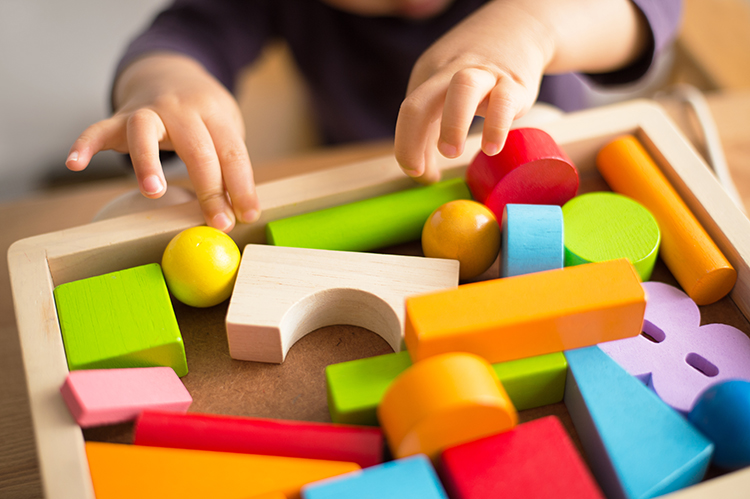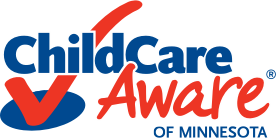The Role of Play in Early Childhood Curriculum

With kindergarten readiness on the minds of parents, K-12 teachers, and legislators alike, the pressure to prepare children for standardized testing and stringent elementary school schedules is an increasing concern among many early educators. This has sometimes led to a bias against the use of formal curricula in early childhood programs and classrooms. Many have begun to associate the term curriculum with intensive kindergarten readiness practices that do not necessarily support child development. Fortunately, there is an abundance of developmental research that explains the importance of play in children’s learning.
When children’s daily play is intentionally included in a way that supports skills and abilities through all developmental domains, this is curriculum. A classic example is children engaging in imaginative play scenarios such as doctor or house. Children are taking on the roles of others, acting in ways a person would behave or feel in the situation. This utilizes several cognitive skills such as awareness of others, emotional intelligence, role playing, and impulse control. By observing how children act out these roles, teachers gain significant insight into their development, and can design opportunities for play that enhance skills.
Early educators implement play-based curriculum by engaging children’s interests and incorporating concepts that are directly relevant to children. Practices such as organic lesson planning take a topic the children are interested in and expand on it throughout the classroom. Preparing the environment to prompt a cycle of teaching and learning is one way that early childhood educators support play.
For example, when I was a preschool teacher in Minneapolis, a huge construction project was started outside of our classroom window, which created interest and excitement about the concept of construction. We stocked the dramatic play area with building materials, safety apparel, and tools, and we added soil, rock, and building material samples to the science center to encourage exploration and inquiry about which machines would be needed to complete the work. We also added books that incorporated construction vehicles, occupations, or simply stories that explored building and construction.
How educators help children become aware of, explore, inquire about, and utilize new concepts and skills in their classroom is the key to keeping play the primary focus of early childhood curriculum.
